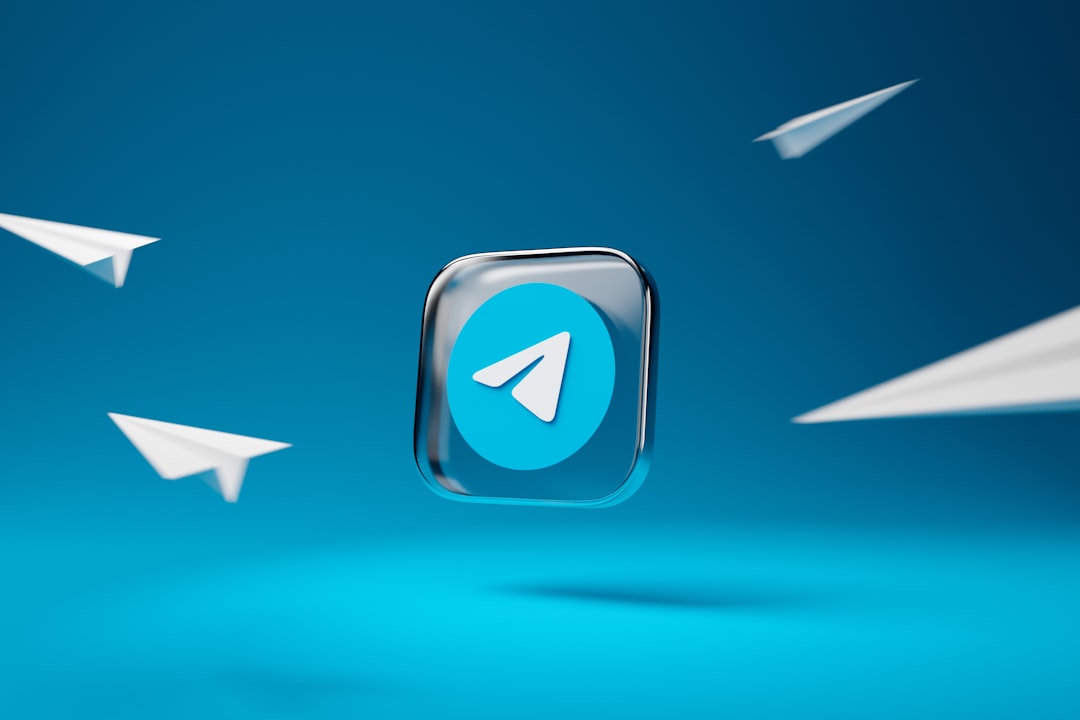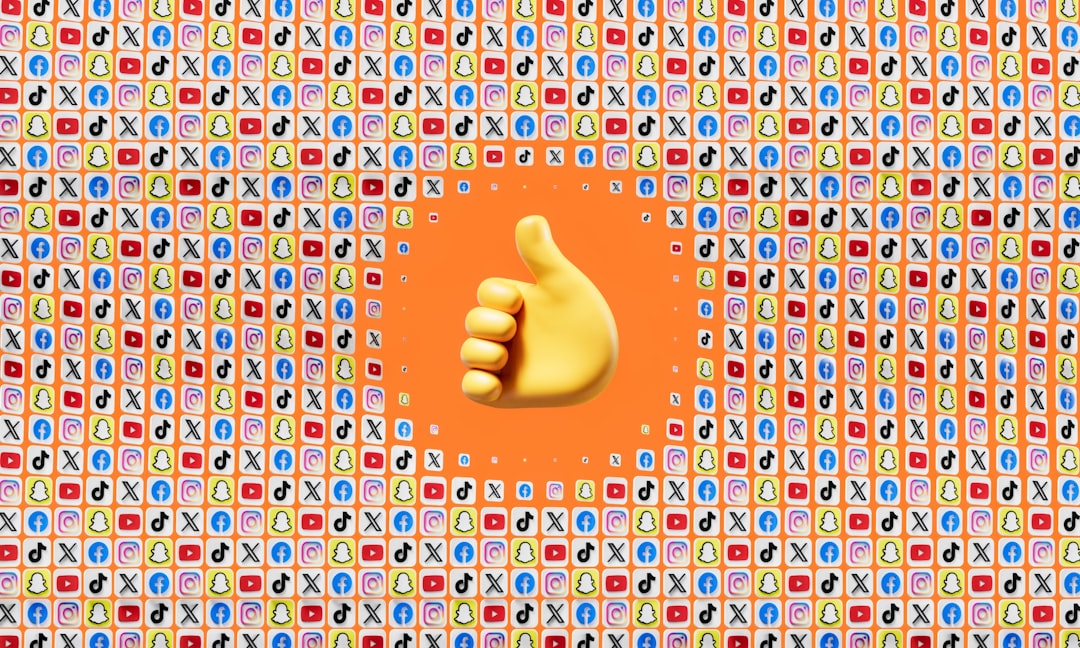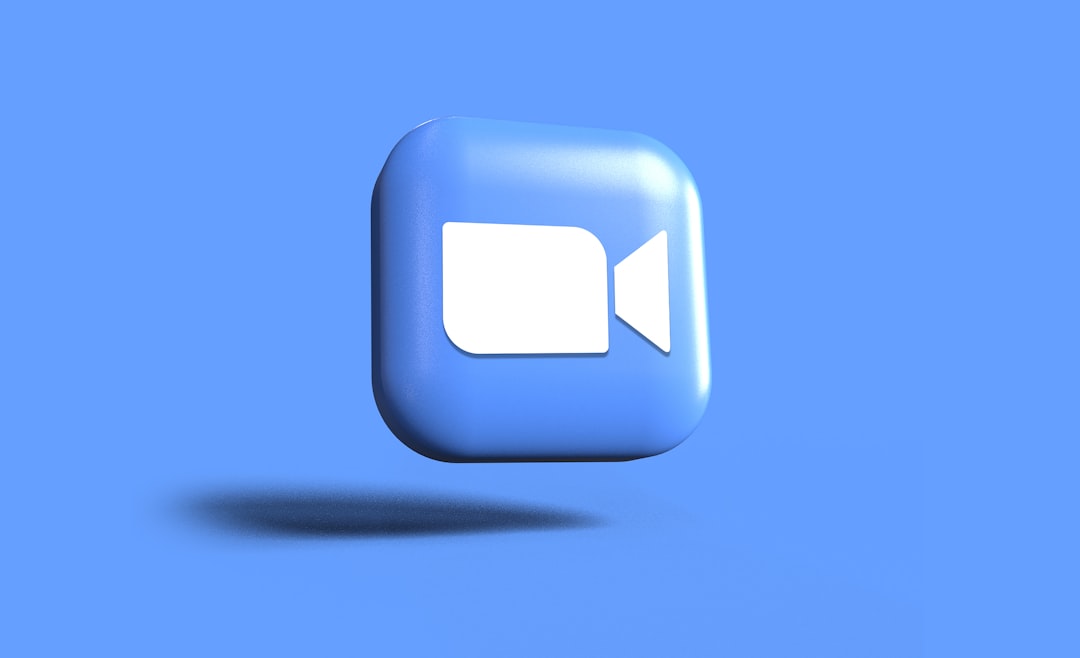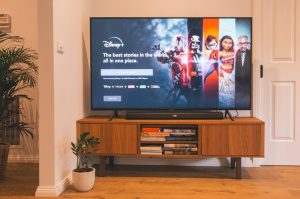
Every brand wants to create a profitable and lasting relationship with its audience. One of the most effective ways to achieve this is through a well-crafted email welcome series. A finely tuned welcome flow doesn’t just nurture relationships — it can also generate significant revenue when done right. In fact, businesses that leverage a strategic welcome series often see 3 to 5 times higher engagement and a measurable return on investment.
The key? Automation, personalization, and a strategic 7-part structure designed to move users from curiosity to conversion. In this article, we’ll unpack this 7-part email welcome sequence and explain how each step plays a critical role in driving revenue.
Why You Need a Well-Structured Welcome Series
Most new subscribers are at their highest level of interest when they first sign up for your list. This moment presents a rare opportunity to deliver value and guidance in a way that not only builds trust but also encourages them to make their first purchase. A welcome series does more than “say hi” — it introduces your brand vision, educates prospects, reduces hesitations, and nudges them through the funnel.
The 7-Part Email Welcome Series That Converts
Let’s walk through the seven strategic emails that make up a high-converting welcome flow:
1. Welcome & Thank You
This is your first impression — make it count. The goal of this email is to thank them for subscribing, tell them what to expect, and deliver any incentives promised during signup (such as a discount or freebie).
- Subject line suggestion: “Welcome! Here’s your exclusive 10% OFF”
- Reaffirm your brand tone and visual identity.
- Set clear expectations about upcoming emails.

2. Your Brand Story
This is the place to connect on a deeper level. Share the “why” behind your brand. What problems are you solving? What values drive your mission? The aim is to make the subscriber feel emotionally invested in who you are and what you do.
- Show authenticity with behind-the-scenes stories or founder anecdotes.
- Use lifestyle imagery or videos that evoke emotion.
3. Best Sellers and Social Proof
New subscribers are often unsure where to start. This email is a great opportunity to feature best-sellers, customer favorites, or award-winning products. Adding reviews, testimonials, or UGC (user-generated content) can reassure readers that others are happy with their purchase – and they will be too.
- Include customer quotes: “I can’t live without this product!”
- Add badges like “#1 Rated” or “Customer Favorite.”

4. Overcome Common Objections
At this point, many prospects are sitting on the fence. Address the hesitations that are keeping them from purchasing. Do you offer free returns? Is your product eco-friendly? Use this email to remove friction and increase confidence in your offering.
- Common objections: price, shipping time, product quality.
- Use bullet points and icons to highlight guarantees and support.
5. Education & Value
This email should provide helpful tips or resources related to your product category. You’re not pushing a sale here — you’re educating. Show them how to use a product, give a tutorial, or share expert advice that positions your brand as the trusted guide.
- For beauty brands: “5 ways to get glowing skin using our products.”
- For home goods: “How to create a cozy space with just 3 items.”
6. Time-Sensitive Offer
Now that trust is built, it’s time to nudge them toward conversion. This email highlights an exclusive offer — but with urgency. Limited-time discounts, flash sales, or even “members-only” perks can move a subscriber from contemplation to commitment.
- Subject line suggestion: “Your $10 OFF expires in 48 hours!”
- Add countdown timers to create visual urgency.
- Reinforce the benefits they’ll receive by purchasing now.
7. Community & Next Steps
End your welcome series by inviting them deeper into your ecosystem. Suggest joining your social accounts, invite them to your referral program, or recommend your blog. Most importantly, thank them again and let them know you’re here to support them further.
- Include social links with compelling CTAs like “Follow our story” or “Join the journey.”
- Optional: Highlight how they can reach support or continue receiving updates.

Maximizing Revenue Potential
While the structure is crucial, optimization is where revenue is unlocked. Here are some tips to ensure your welcome series is doing more than just wagging a friendly hello:
- A/B Testing: Test subject lines, CTA buttons, email visuals, and even the order of emails to see what performs best.
- Segmentation: Address different buyer personas with custom content. A returning customer shouldn’t see the same introductory emails as a brand-new visitor.
- Analytics: Use open rates, click-throughs, and conversion data to tweak your flow continuously.
- Mobile Optimization: Over 50% of emails are read on mobile — ensure your design and content shine on smaller screens.
Common Pitfalls to Avoid
- Selling too early: If you push for a sale in the first email, you could scare off new subscribers before establishing trust.
- Overloading with information: Keep your messages concise and focused on one goal per email.
- Inconsistent branding: Your email tone, visuals, and messaging should align with what’s on your website and social.
Smart Automation Tools
If you’re using platforms like Klaviyo, Mailchimp, or ActiveCampaign, you can easily set up this flow with smart triggers. For example:
- Email 1 triggers immediately after signup.
- Email 2 triggers 1 day later.
- Subsequent emails can go out every 2–3 days based on engagement levels.
Adding branches for different user behaviors (clicked, didn’t open, purchased) can supercharge your conversions even further.
Conclusion
In an online world overflowing with content, the brands that stand out are the ones that know how to welcome with intention. A 7-part email welcome series doesn’t just create strong first impressions — it fosters loyalty, builds trust, and, most importantly, drives revenue. Set it, test it, refine it, and you’ll watch your email list turn into a profit-generating engine.
Frequently Asked Questions
-
How long should my welcome series be spaced out?
Typically, the emails should be delivered over a two-week span. You can adjust based on how engaged your subscribers are. -
What platform is best for creating a welcome series?
Tools like Klaviyo, Mailchimp, and ConvertKit offer great automation and analytics features to help you manage your flows. -
Can I include product links in every email?
While it’s okay to include relevant links, avoid turning every email into a sales pitch. Focus on building relationships first. -
What kind of subject lines perform best?
Subject lines with clear benefits, urgency, or personalization (using the recipient’s name) tend to perform best. -
Should my welcome series be different for different audience segments?
Absolutely. Customizing your series based on factors like lead source, demographics, or user behavior can lead to significantly better results.





